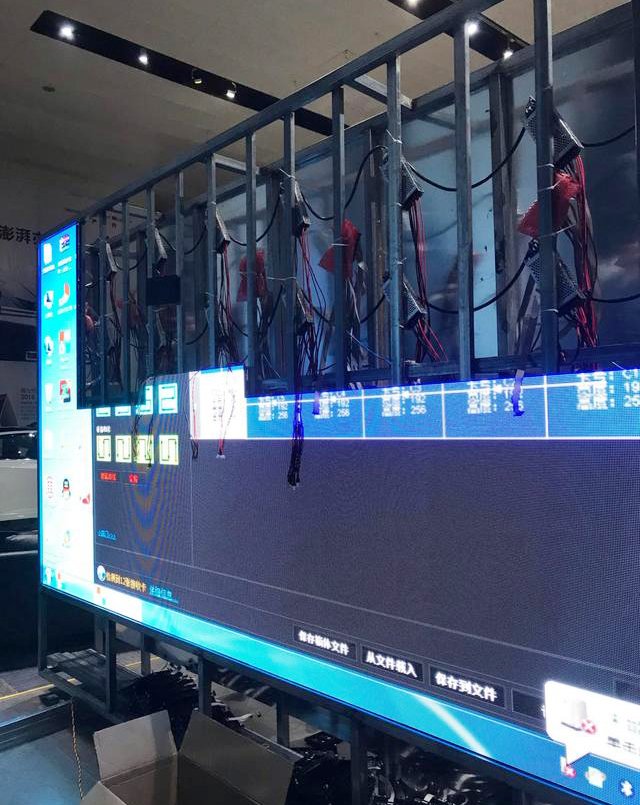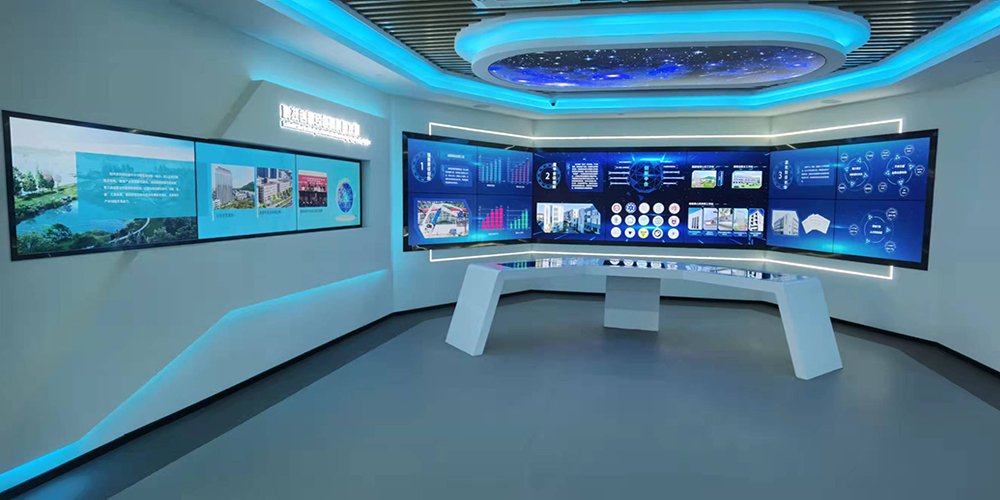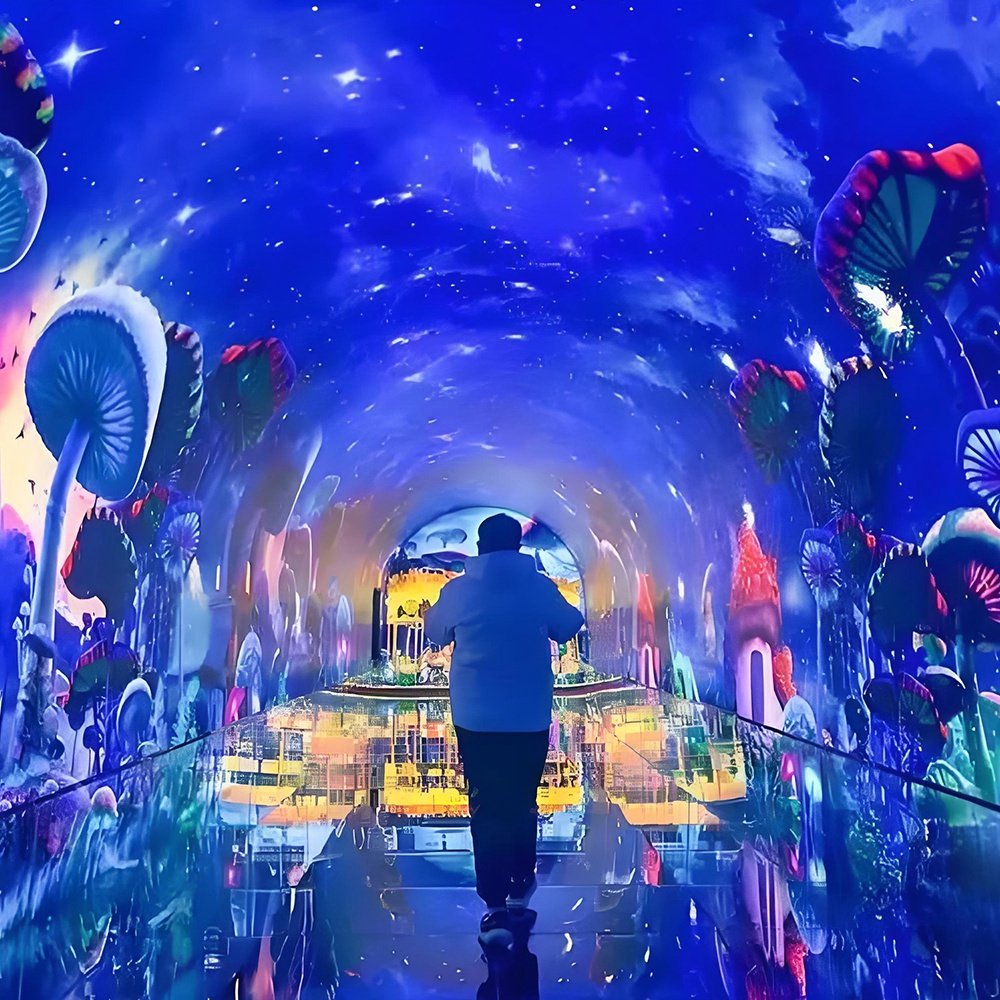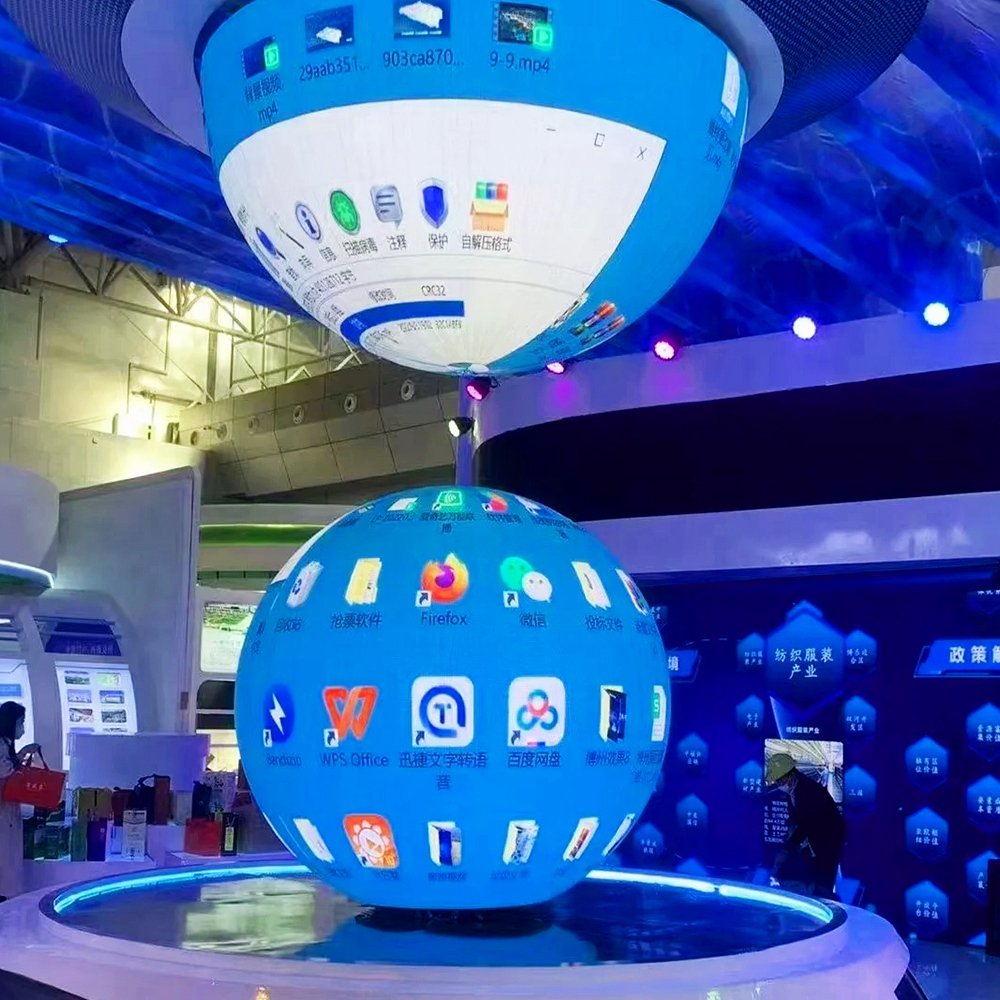In the era of digital display, LED display screens have become an important carrier for information dissemination and visual presentation. But facing the dazzling array of products in the market, how to choose a suitable LED display screen? This article will provide you with a professional shopping guide based on core parameters and application scenarios.
一、 Interpretation of core parameters, precise grasp of key quality factors
1) Pitch: determines viewing distance and clarity
Pixel spacing refers to the distance between adjacent pixels. The smaller the value, the more pixels per unit area, and the finer the image. Such as P2.5 display screen, suitable for close viewing above 3 meters, commonly used in indoor meetings, exhibition halls and other scenes; The P10 has a larger spacing, making it more suitable for viewing from a distance of 20 meters, and is commonly used for outdoor advertising screens. When making a purchase, it is necessary to consider the actual viewing distance to avoid blurring the image due to excessive pixel spacing or wasting costs due to insufficient spacing.
2) Brightness (nits): Suitable for different environmental requirements
Brightness is the key to measuring the display performance of LED displays under different lighting conditions. The indoor environment has soft lighting, with a brightness of 800-1500 nits sufficient to ensure clear images; The outdoor environment has complex lighting and requires a high brightness of at least 5000 nits to ensure clear visibility of content under the scorching sun. The wrong brightness selection will make the picture too dark or dazzling, affecting the visual experience.
3) Refresh rate and grayscale level: the soul of dynamic images
The refresh rate determines the dynamic smoothness of the image. A low refresh rate is prone to scan lines during shooting, while a high refresh rate (such as above 3840Hz) can prevent image lag and ghosting, making it suitable for dynamic scenes such as sports events and video playback. Grayscale levels affect color transitions, and high grayscale levels (14-16 bits) can present richer and more delicate colors, making the picture vivid and lifelike.
二、 Scenario based recommendation, find suitable solutions
1) Retail store: attract attention with high color reproduction
The retail scene focuses on product display and brand promotion, choosing LED displays with small spacing (such as P3-P4) and high color reproduction, which can delicately present product details and brand visual elements, attracting customers to stop. At the same time, moderate brightness and resolution can ensure clear images without causing visual fatigue due to excessive brightness in the store lighting environment.
2) Sports venues: high refresh rate ensures the viewing experience
Sports event visuals are constantly changing and require high refresh rate (≥ 3840Hz) LED displays to capture every exciting moment and avoid athlete motion ghosting. Paired with high brightness and wide viewing angle design, audiences can enjoy a clear and smooth viewing experience no matter where they are in the venue.
When choosing an LED display screen, it is necessary to closely combine the parameters with the usage scenario. If you still have any questions about specific product selection, please feel free to contact us for one-on-one professional guidance to help you choose the most suitable LED display screen!





